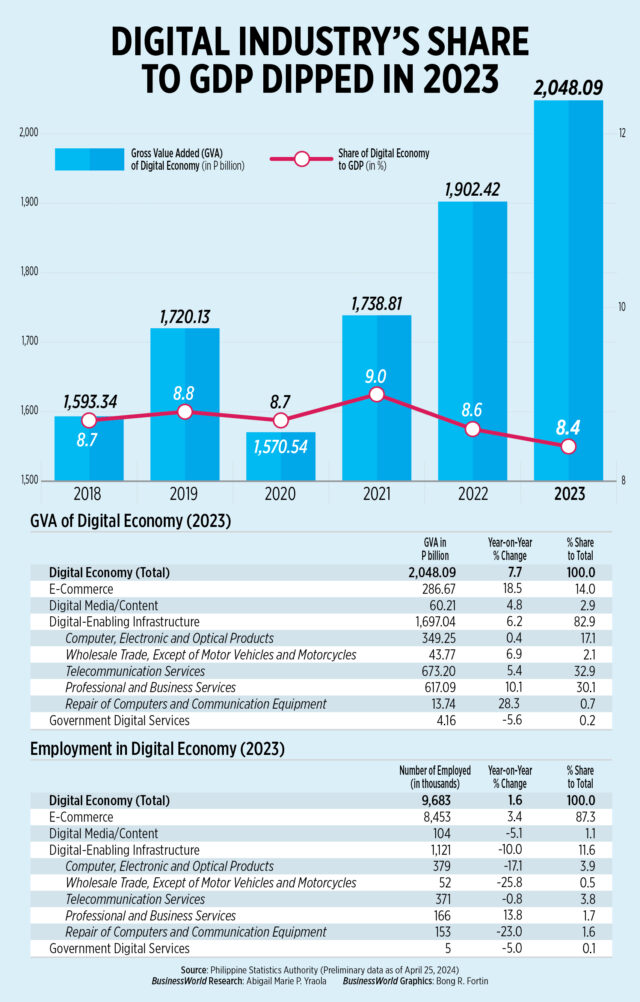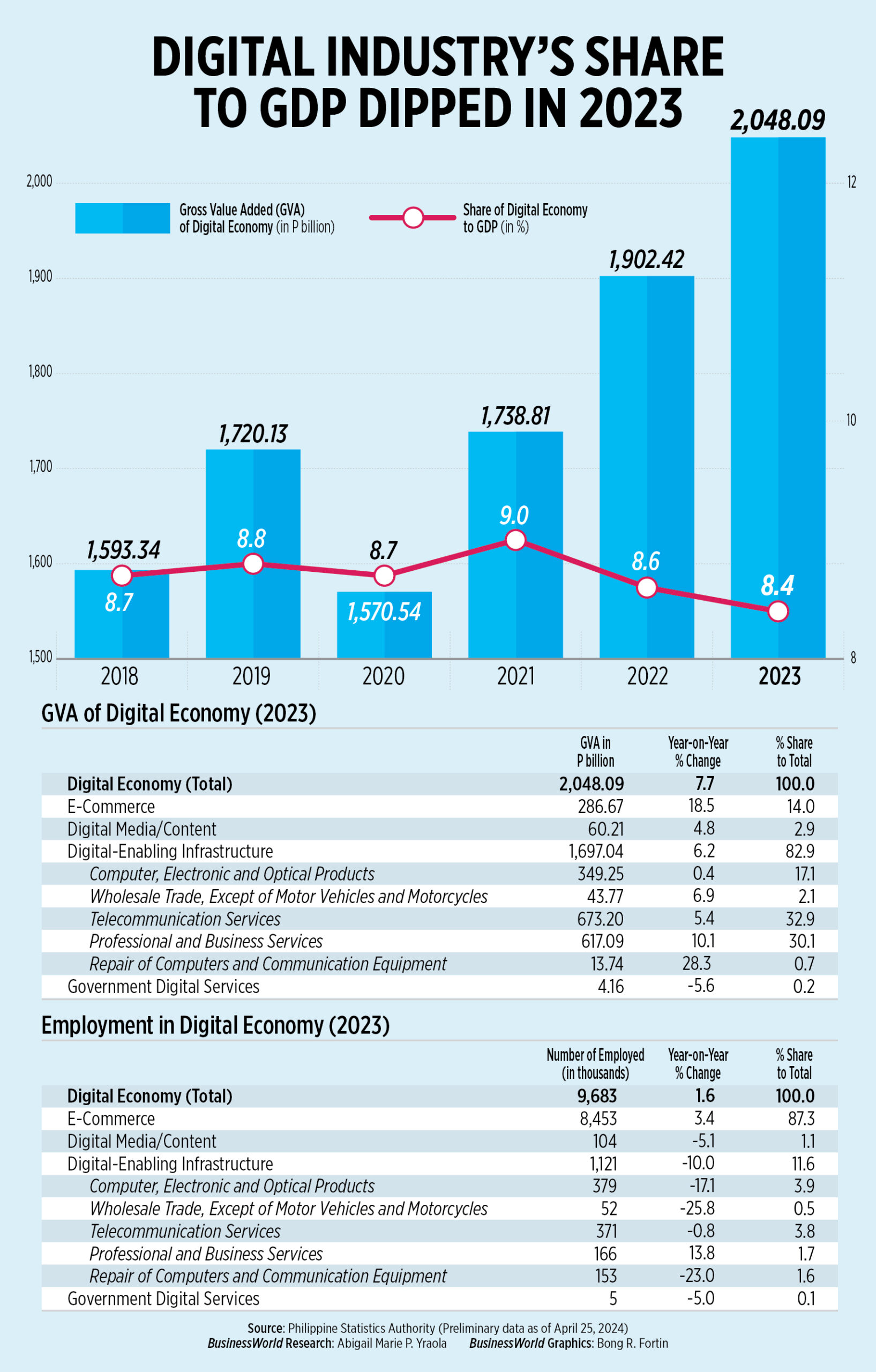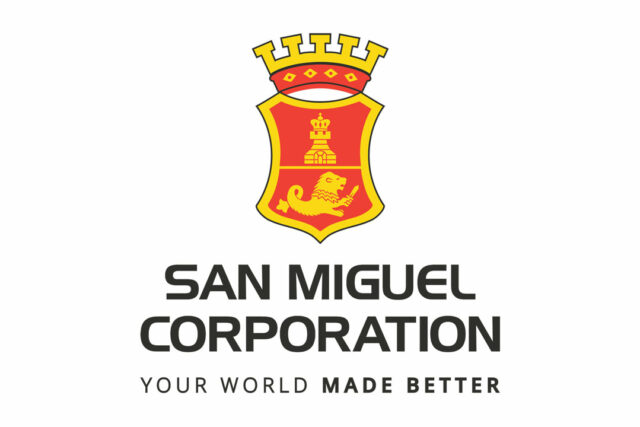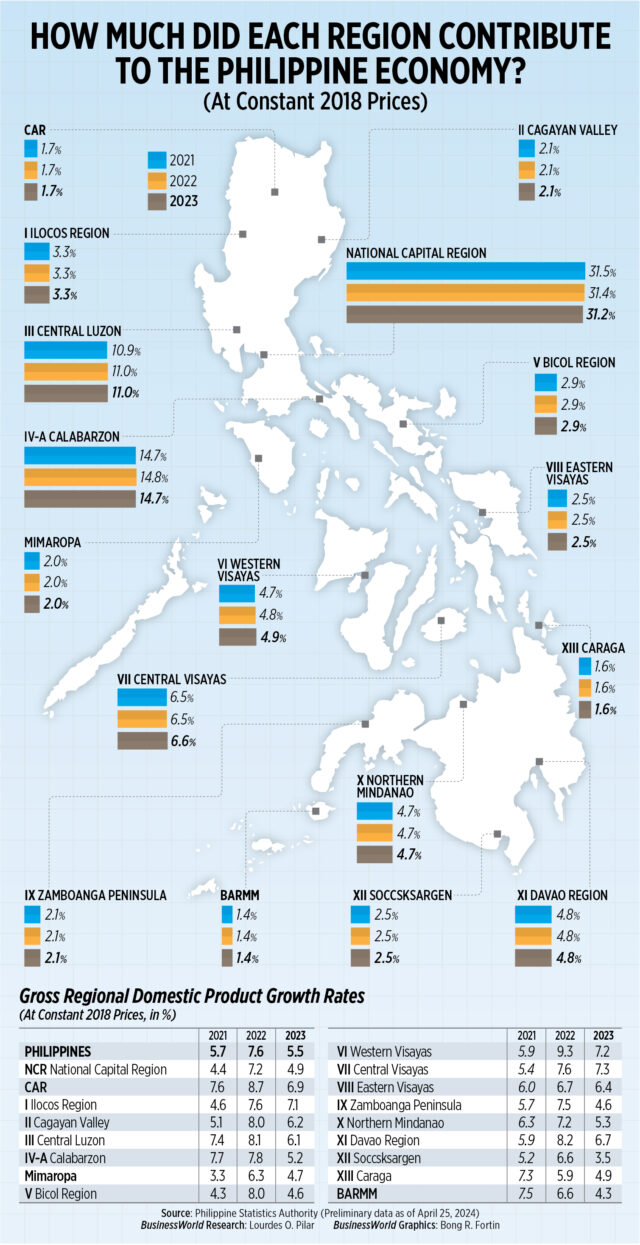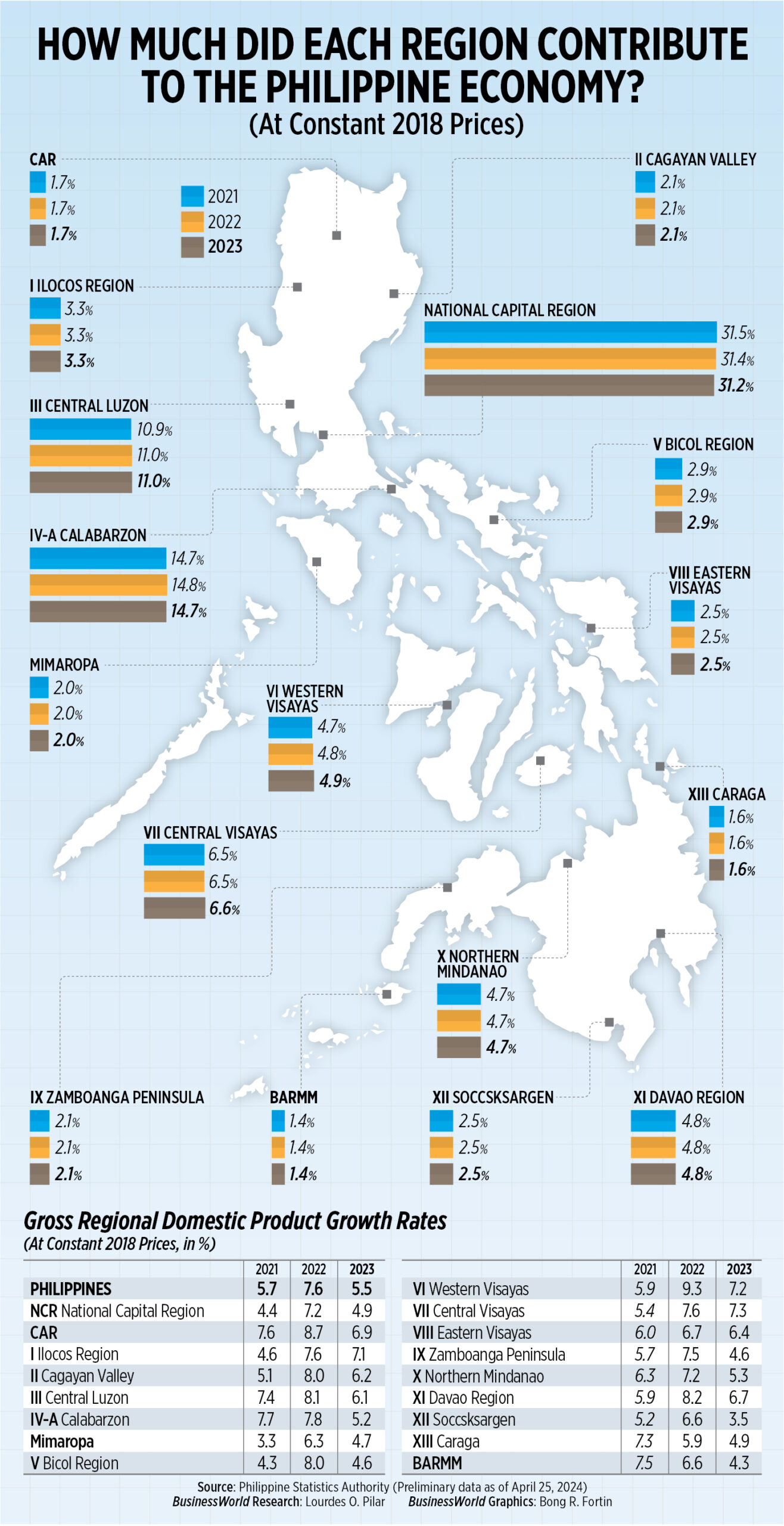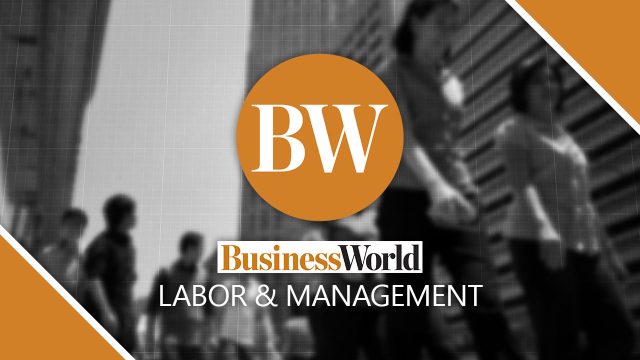Barcelona is throwing tourists under the bus
By Tyler Cowen
AS THE SUMMER tourism season approaches, a perennial question arises, and technology is giving it a novel twist: Is a place primarily for those who live there, or for the entire world? The latest salvo in this conflict comes from Barcelona. Bus No. 116 goes to Antoni Gaudí’s Park Güell, one of the top tourist destinations in the city. Neighborhood and bus crowding, however, induced the city council to re-move the bus route from Google and Apple maps. So getting to Park Güell is now harder for tourists — which doesn’t bother the locals one bit. And this is no isolated incident. New York City has placed severe restrictions on Airbnb in an effort to restore the supply of apartments for the city’s residents, rather than tourists. Amsterdam tells British “party tourists” not to visit the city, for fear they indulge in too much drink, drugs, and sex. Japan is hiking the price of the bullet trains for tourists by 70%. Venice is charging day trippers €5 a visit. And then there’s the unofficial discouragement: Natives of Medellin, Colombia, recently went around to heavily touristed bars and demonstrated against the patrons. In Spain, anti-tourist protesters are targeting beaches and restaurants.
Whether you side with the tourists or the natives will of course depend on the place, as well as your status as a visitor or local. I like to think I’d always be on the side of the tourist — even in my home state of Virginia. Here are a few reasons why.
First, most of these decisions are made by city, local, and national governments. They answer to their voters and domestic interest groups, not to foreigners. If anything, the interests of foreigners are underrepresented. That doesn’t mean tourists should always get extra consideration, but there is a prima facie case on their behalf.
Second, as an economist, I am a big believer in the price mechanism. Prices balance supplies and demands without requiring much explicit political interference in private decisions. When a tourist experience costs more, tourists themselves can decide whether it is worth it.
By this reasoning, the Japanese decision to raise bullet train prices for tourists is exactly the right approach. In the meantime, the Japanese government, which faces high pension costs, has more money at its disposal. There is no need to resent or otherwise restrict the tourists at all, and indeed I have found the Japanese people to be extremely gracious and helpful to foreigners. Higher prices for tourist train tickets will make it easier for them to stay this way.
If there is any problem with Venice’s €5-a-day charge, it is that it is not nearly high enough, given crowding and accumulated wear and tear on the city. How about €50? But with a smile!
The same goes for the bus in Barcelona: Why not raise the fare? Just for tourists. It is easy enough to (partially) enforce this differential treatment with spot checks on the bus line. An alternative or possible complement to this plan is to run more buses to the park, to alleviate congestion. Higher fees for tourists can help pay for them. Of course many tourists will choose to walk to Park Güell, as I did during my last visit. If the entire neighborhood is still too crowded, raise the entry fee (it’s currently €10). But please: Let the tourists have working GPS systems.
Amsterdam has a more difficult challenge. Barcelona and Venice have some unique attractions and sites that can be priced at higher levels, with exclusion applied to non-payers. In contrast, for many Amsterdam tourists the attractions are booze, pot, and sex, all of which have prices set in basically competitive markets. I’m all for more expensive tickets to the Rijksmuseum, but that might not make much of a difference to Amsterdam’s “party tour-ism” problem. In that case, Dutch governments might consider higher taxes for those entire sectors, maybe with rebates for Dutch citizens. In Medellin, the mayor has banned prostitution for six months, in part a response to tourist de-mand, including for child victims of sex trafficking.
In New York City, one obvious way to address the shortage of affordable housing is to allow for the building of additional hotels, housing, and apartments. Tourist dollars sustain so many of New York’s great cultural institutions.
As for myself, I am headed to Cape Town in a few months. Due to higher crime and erratic electricity supply, many tourists have been staying away from South Africa. It is the fate of countries to have either too many tour-ists or too few. All things considered, the former problem is the better one to have.
BLOOMBERG OPINION





